In today’s article, author Peter Suciu examines the Ohio-class of ballistic missile submarines employed by the United States of America as part of its nuclear deterrence policy. Known as the nuclear triad, the three legs of the deterrence are land-based ICBMs, air delivery of nuclear munitions and ocean-based launch platforms. Ohio-class submarines, unofficially known as Boomers, have helped protect the peace for more than 40 years.
First in its class, the United States Navy’s USS Ohio (SSBN-726) was laid down when President Gerald Ford was still in the Oval Office, and subsequently built and launched during the Jimmy Carter administration. However, the nuclear-powered ballistic missile submarine became a key component of America’s nuclear triad during President Ronald Reagan’s time in office.
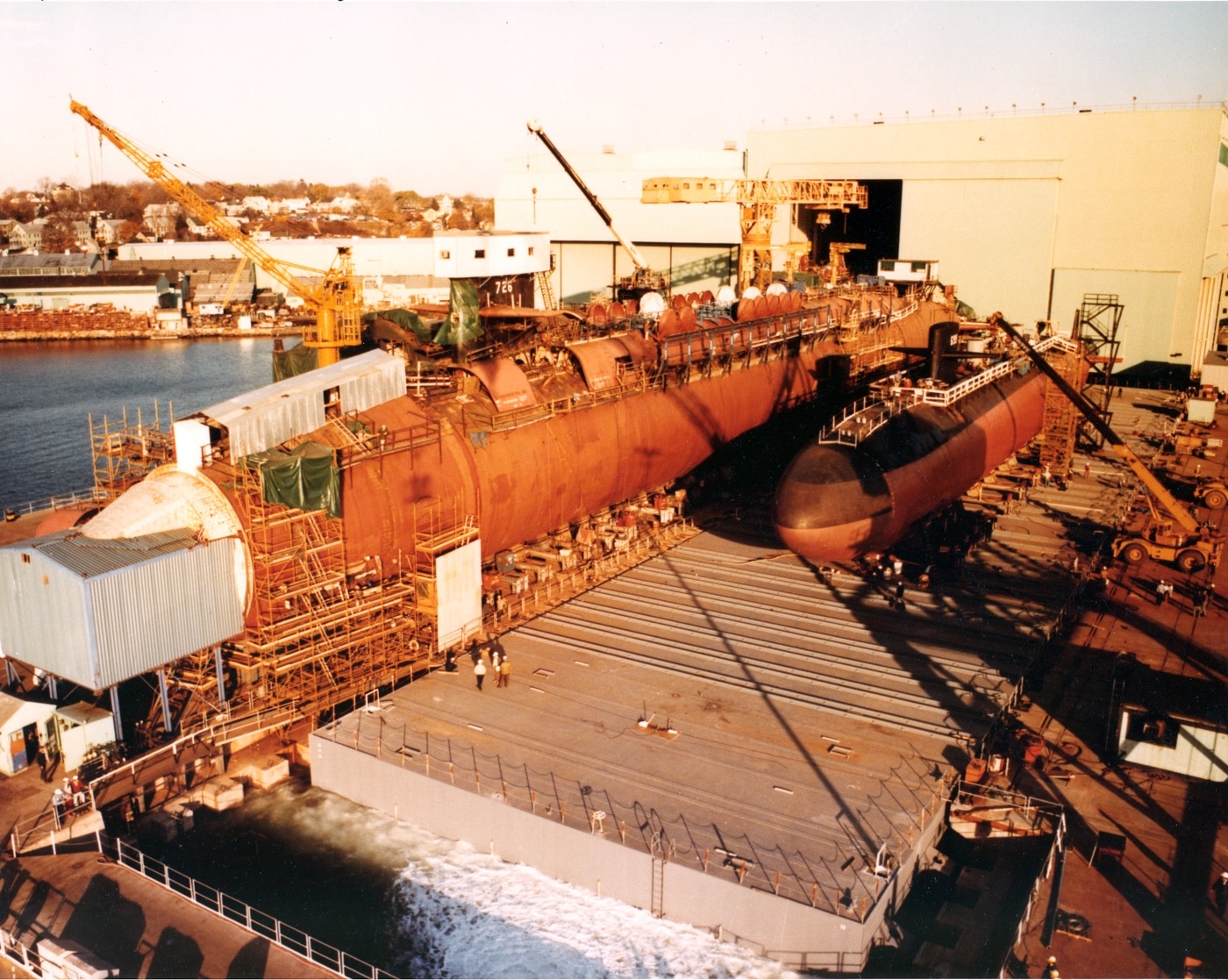
A total of 18 of a planned 24 boats were built — with the final ones entering service in 1997, during the final term of President Bill Clinton. The program was cut short as the Cold War came to an end and strategic threats seemingly evaporated.

Designed during the Cold War, few people expected the great thaw that was to come. Instead, greater emphasis was placed on the role of strategic deterrence — the key role of the SSBN fleet since its inception in 1960.

Though the program was initially met with considerable delays, when the Ohio-class began to enter service in the 1980s — it replaced the older ballistic missile submarines, notably the Benjamin Franklin-class and Lafayette-class — they were the largest nuclear-powered submarines ever built for the United States Navy.
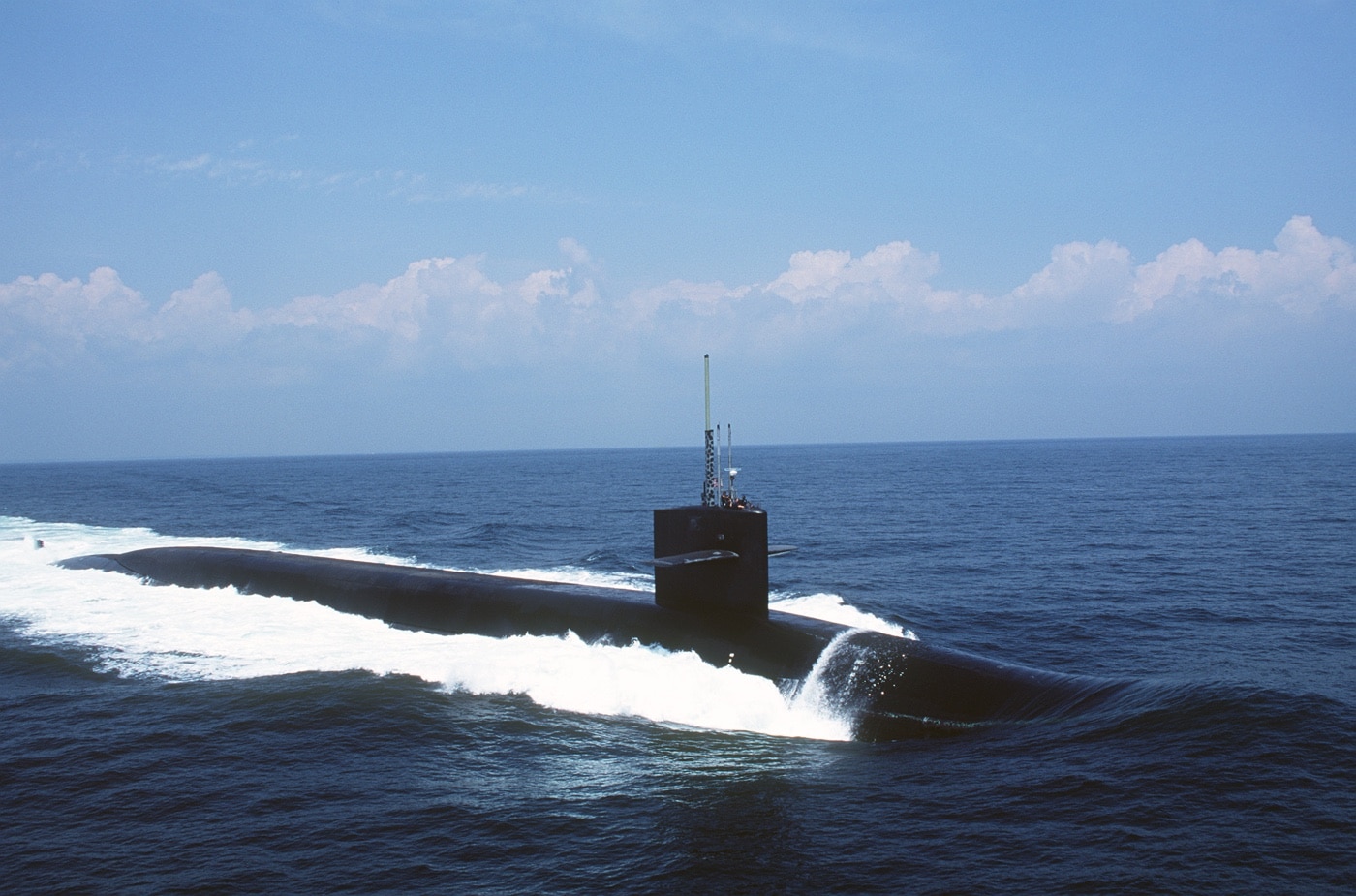
Each Ohio-class nuclear submarine was capable of carrying 24 missiles — each with a payload of eight W76 thermonuclear warheads — that could all be launched in a single minute, yet delivered to targets virtually anywhere in the world.

In addition, the boats had practically unlimited endurance and could operate at depths that made detection a near impossibility.
Ballistic Missile Submarines for a New Era
At the November 11, 1981 commissioning ceremony, then Vice President George H.W. Bush suggested that the Ohio-class had introduced “a new dimension in our nation’s strategic deterrence.”

On March 13, 1982, the submarine launched her first Trident 1 training missiles, while the following August, she was loaded with operational missiles. It was on October 1, 1983, that SSBN-726 began her first deterrent patrol. The United States Navy doesn’t disclose where the submarines are deployed, but it was noted that during the final years of the Cold War, eight of the boats operated in the Pacific.
Large and Truly in Charge
Displacing 15,208 tonnes (16,764 tons) on the surface, and 16,969 tonnes (18,750 tons) submerged, until the development of the Soviet Navy’s now-retired Project 941 Akula (NATO reporting name Typhoon), the Ohio-class were the largest submarines ever built — and even today, only the Russian Navy’s Project 955 Borei (NATO reporting name Dolgorukiy) are bigger.

The Ohio-class subs have a length of 170 meters (560 feet) and a beam of 13 meters (42 feet)
Size wasn’t the only significant difference over the U.S. Navy’s previous ballistic missile submarines.
The Ohio-class SSBNs were designed and built with the latest technology, including the streamlining of the outer hulls, allowing the boats to move with considerable stealth, but also with greatly increased cruising speed.
Nuclear-Powered, Nuclear-Armed
Each of the Ohio-class boats are powered by a GE S8G pressure water nuclear reactor with two turbines, which provide 45 MW (60,000 shp) and a driving shaft that enables the vessels with speeds of 12 knots surfaced and 20+ knots submerged. The boats were further outfitted with a sonar suite that includes the IBM BQQ 6 passive search sonar, Raytheon BQS 13, BQS 15 active and passive high-frequency sonar, and an active Raytheon BQR 19 navigation sonar.

Designed as nuclear ballistic submarines (SSBN), the Ohio-class can carry 24 Trident missiles in two rows of 12 — and each of the missiles is able to carry up to a dozen Multiple Independent Re-entry Vehicles (MIRVs) with a yield of 100kT. However, the Strategic Arms Limitation Treaty (SALT) limited the number of MIRVS to eight per missile.

Though just 18 Ohio-class subs were built, because each carried the two dozen Tridents compared to the 16 carried by the Lafayette-class, the U.S. Navy was able to replace 31 of the former class boats while providing a vastly superior striking force.
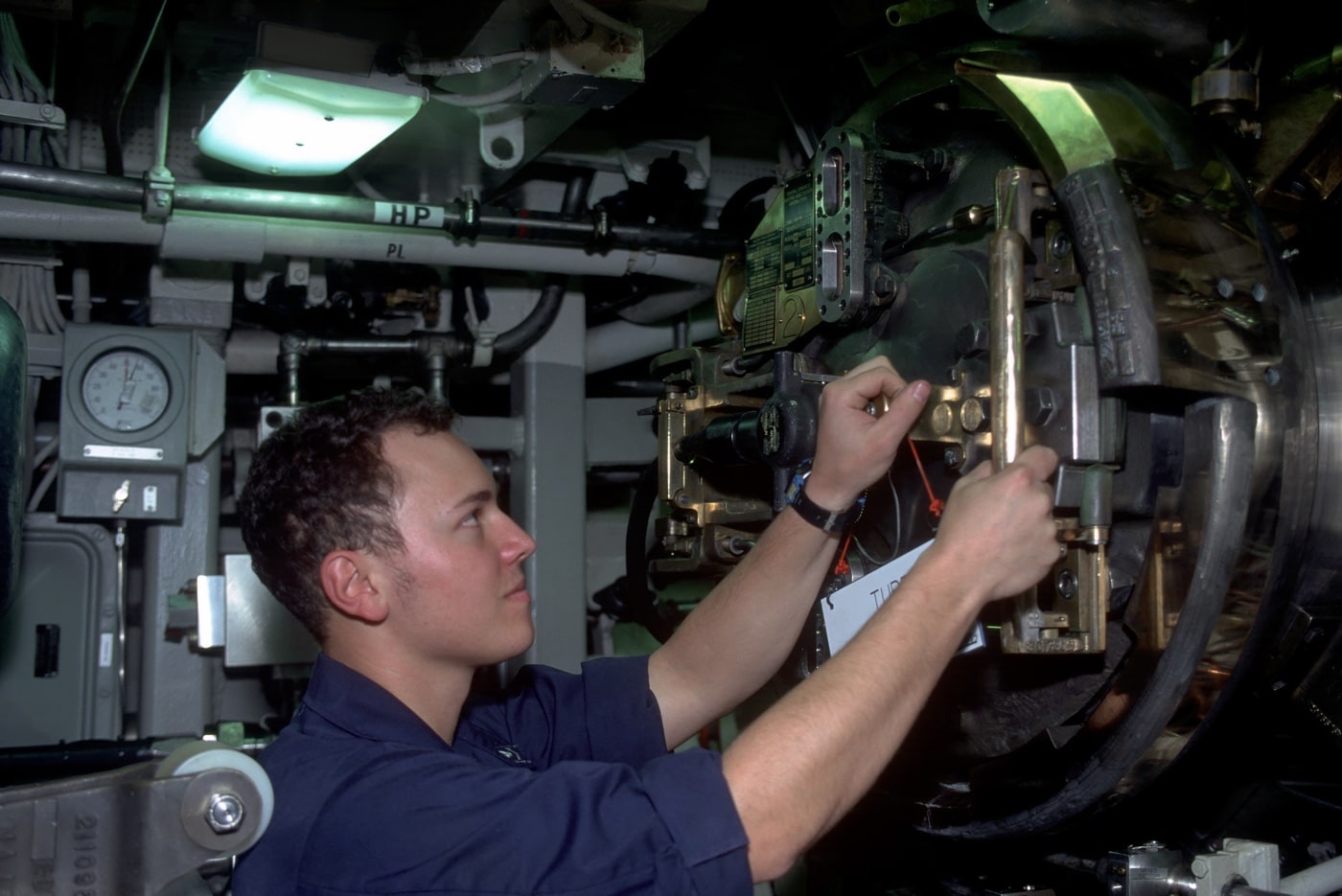
In addition to the missiles, the Ohio-class submarines are equipped with four 533mm (21-inch) bow torpedo tubes and the then-new Mk 118 digital torpedo fire control systems.

The capabilities of the SSBNs were diminished slightly under provisions of the New Strategic Arms Reduction Treaty (New START), which called for each Ohio-class submarine to have four of its missile tubes permanently deactivated. As a result, the boats now carry a maximum of 20 Trident II D5 missiles, which provides increased range and accuracy over the now out-of-service Trident I C4 missile.
Two Crews For Each Boat
When on a Strategic Deterrent Patrol, the Ohio-class subs carry a crew of up to 170 — including officers and enlisted sailors — and spend around 70 days at sea, followed by a 25-day maintenance period. Two crews are assigned to each of the boats, with these being designated “Blue” and “Gold,” allowing the submarines to increase their deployments and to average 66 percent of their time at sea. Each crew has their own captain.
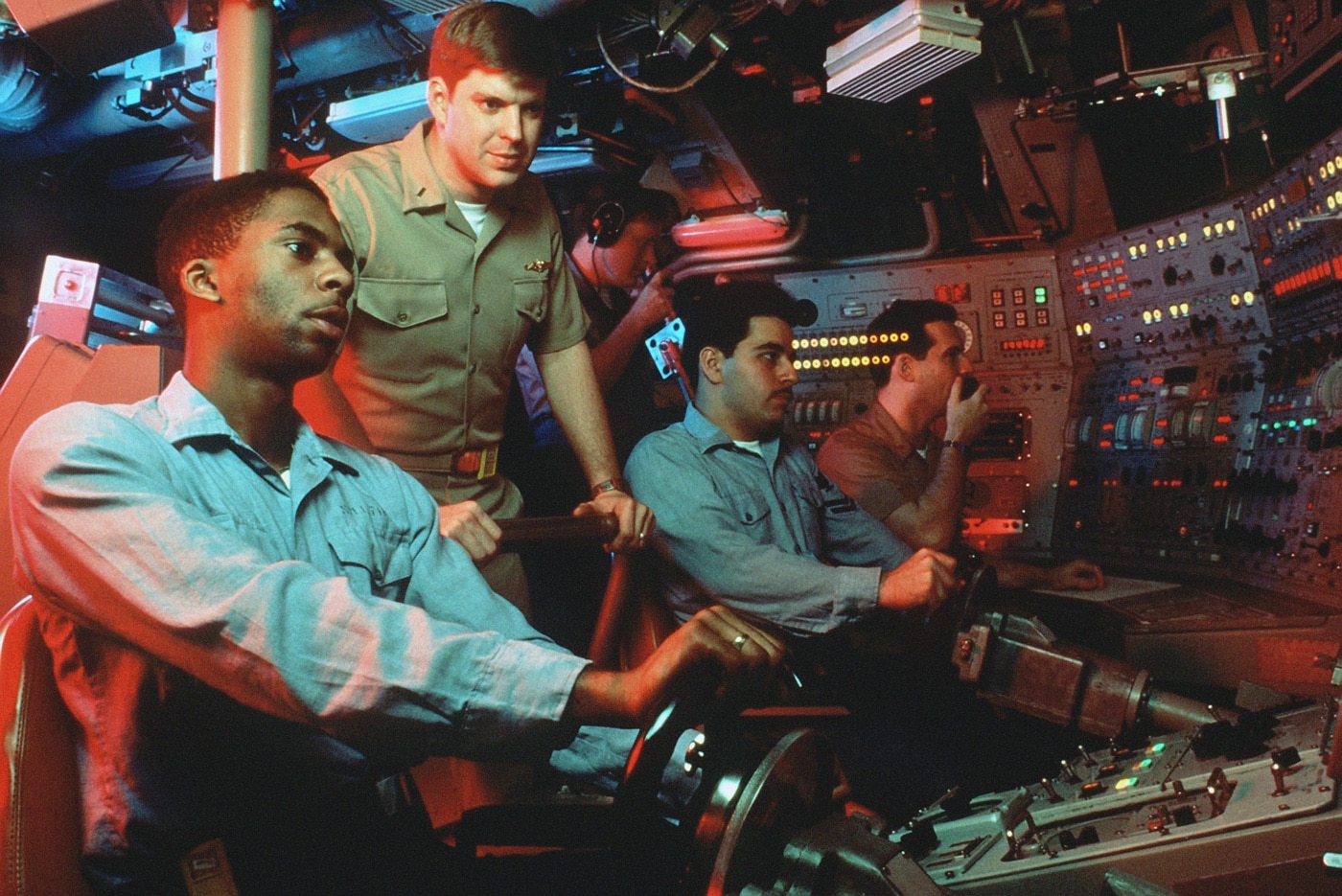
According to the U.S. Navy, “This maximizes the SSBN’s strategic availability, reduces the number of submarines required to meet strategic requirements, and allows for proper crew training, readiness, and morale.”

From Ballistic Missile Submarine to Guided-Missile Submarine
Following the dissolution of the Soviet Union, and the end of the Cold War, the 1994 Nuclear Posture Review determined that the U.S. required just 14 of its 18 SSBNs, and instead of retiring the four oldest Ohio-class boats, the vessels were converted into land attack and Special Operation Forces (SOF) platforms.
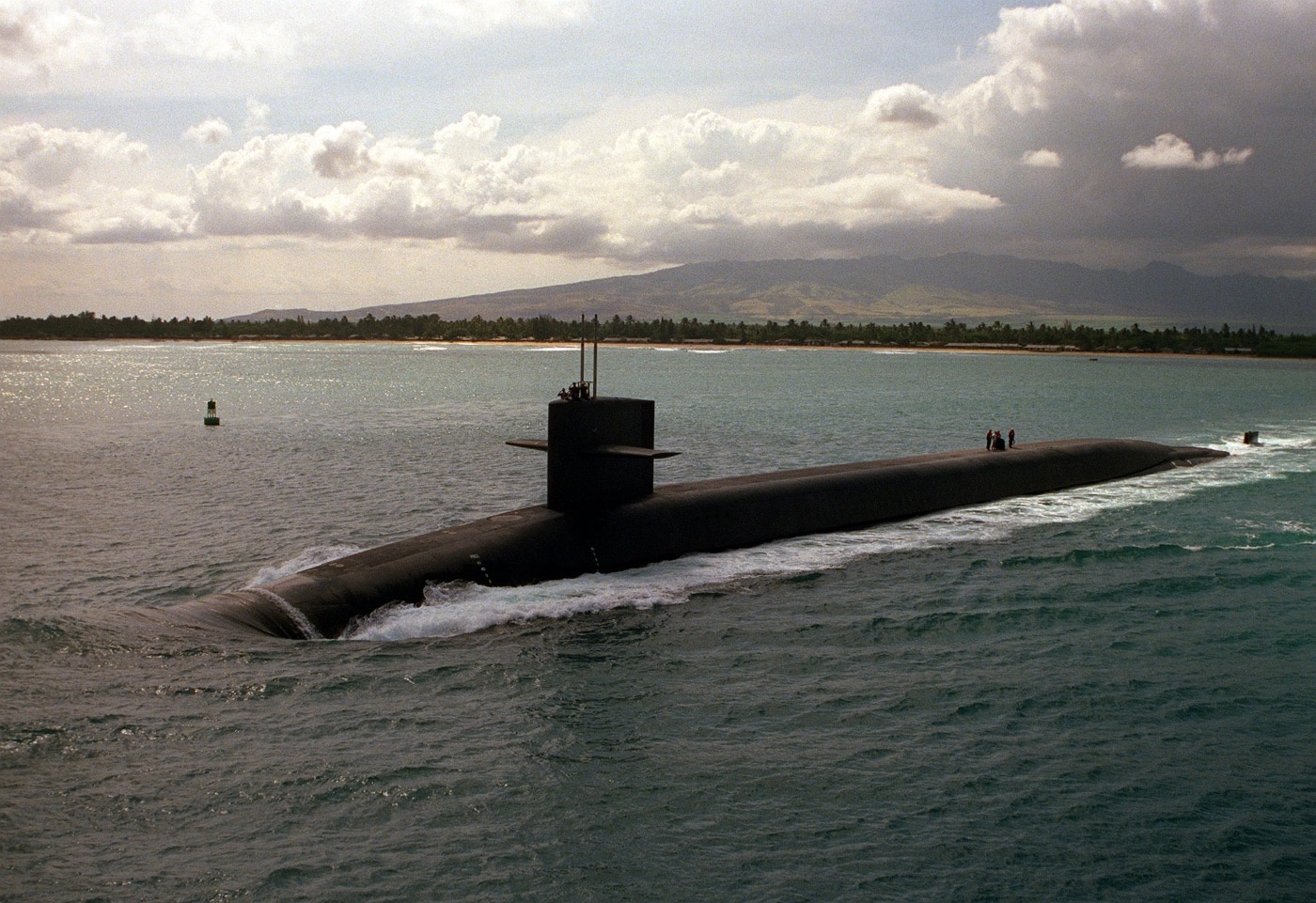
Modifications include modifying 22 of the subs’ 24 missile launch tubes to accommodate the Tomahawk TLAM (land attack) or Tactical Tomahawk cruise missiles. Northrop Grumman Electronic Systems adapted the tubes and developed a multiple all-up round canister that provided storage and launch for up to seven Tomahawks from each tube — with each armed with up to 154 missiles.
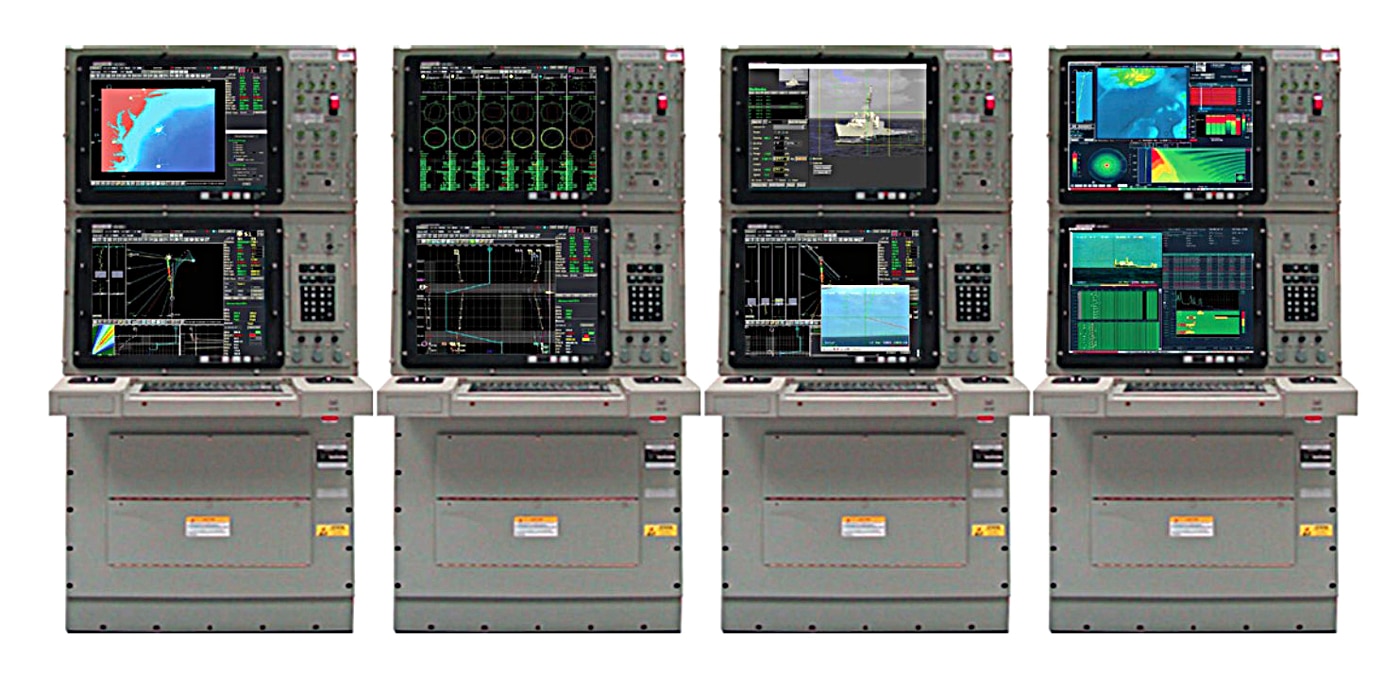
The modified submarines were further equipped with the Raytheon AN-BYG-1 Combat Control System. A combination of commercial software with U.S. Navy improvements, Combat Control System gives the submarine the ability to track all sensor data and tactical intelligence to create a more comprehensive tactical picture. Further, it increases the sub’s effectiveness at tracking and engaging submerged and surface targets.
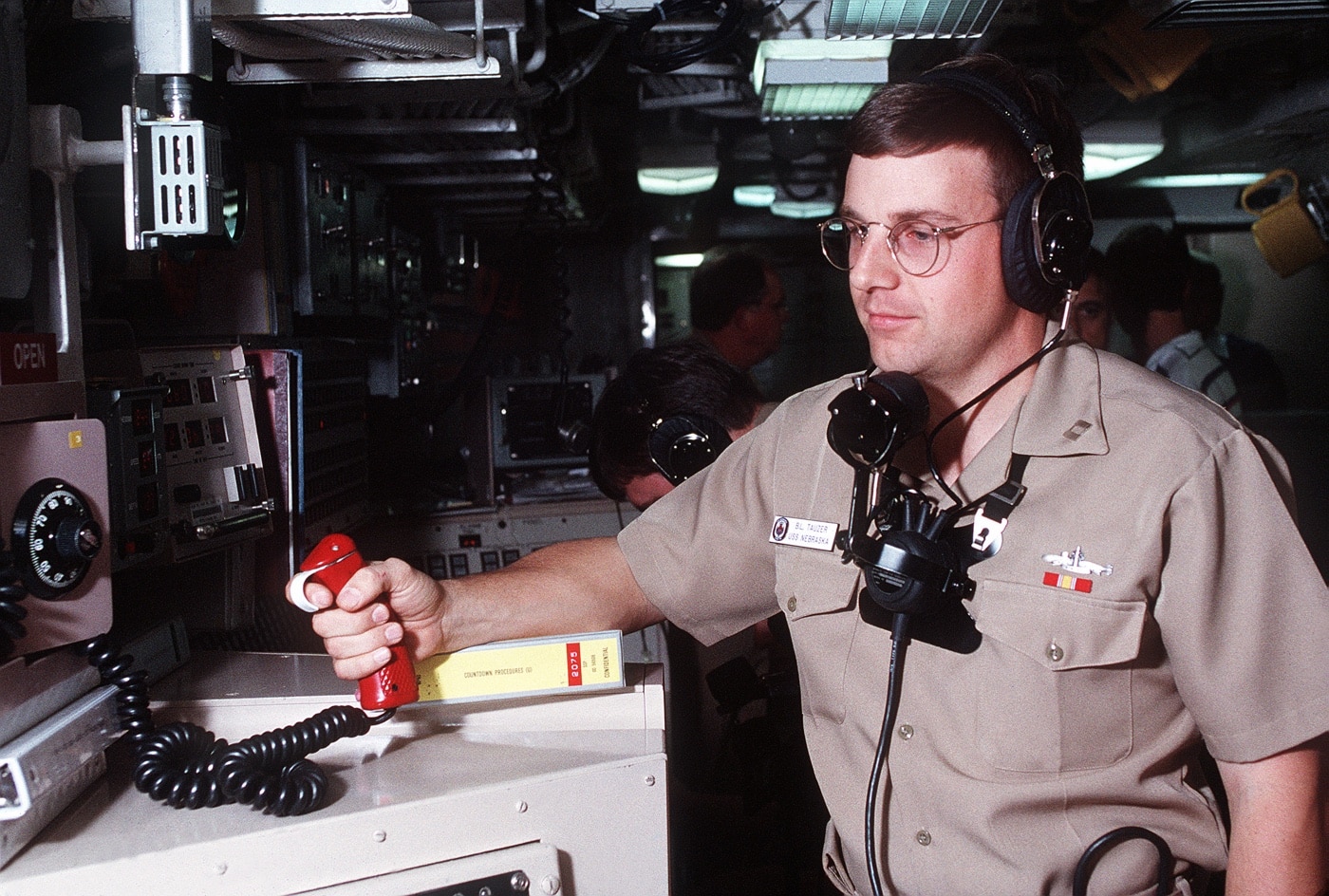
USS Ohio began the conversion in November 2002 and rejoined the fleet as SSGN-726 in January 2006, following her sea trials. The other converted Ohio-class boats include USS Michigan (SSGN-727), USS Florida (SSGN-728), and USS Georgia (SSGN-729), with the latter vessel completing the conversion in December 2007.
Clandestine Operations
On the new cruise-missile submarines, the two launch tubes not used for Tomahawk missiles were converted to diving chambers (also called lockout chambers.) United States Navy SEALs and other special operations forces (SOF) can use these to deploy from a submerged submarine with their military equipment for a variety of missions.
The subs have the capacity to host up to 66 SOF personnel at a time.

SEALs can deploy from the submarine’s diving chambers with a SEAL Delivery Vehicle (SDV) kept on the submarine’s dry deck shelter. SDVs are underwater vehicles that can deliver swimmers and their gear in a clandestine method.

An improved underwater system — the Advanced SEAL Delivery System (ASDS) developed by Northrop Grumman was canceled due to cost overruns. The ASDS was to be a midget submarine with a dry compartment. The sole prototype was lost in a 2008 fire.
Invisible Until Politics Dictates Otherwise
Throughout the Cold War, the locations of the Ohio-class submarines were closely guarded secrets. To work as a nuclear deterrent, the Soviet Union could not know where they were, lest they devise a war plan to remove them from the field before they could launch their nuclear missiles.

However, politics sometimes intervenes and the decision is made to place a submarine on display in an effort to project power. The concept is to remind the enemy that the United States still carries a proverbial “big stick.”

In November 2023, the United States Central Command (CENTCOM) released a photo of one of its Ohio-class guided-missile submarines transiting the Suez Canal, en route to the Red Sea. That submarine has been employed in strikes on Houthi positions in Yemen, with the first occurring in early January 2024.
List of Ohio-Class Submarines
Here is a complete list of Ohio-class submarines in service.
The Ohio-class in Pop Culture
The U.S. Navy’s SSBNs have made numerous appearances in popular culture, and that includes the USS Maine (SSBN-741) appearing in the 1991 Tom Clancy novel The Sum of All Fears.

The USS Alabama (SSBN-731) was the setting for the 1995 film Crimson Tide, which starred Denzel Washington and Gene Hackman. However, due to numerous elements of the plot — notably the mutiny on the boat — the film had to be produced without any assistance from the U.S. Navy. That included footage of the submarine submerging.

However, the production company found that there was no law against filming U.S. vessels — and by coincidence, the film crew was able to track the real USS Alabama as she departed Pearl Harbor by both boat and helicopter, and filmed the sub until she submerged. That and other footage from Crimson Tide was reused in other films, including Time Under Fire, On The Beach, and Danger Beneath the Sea.
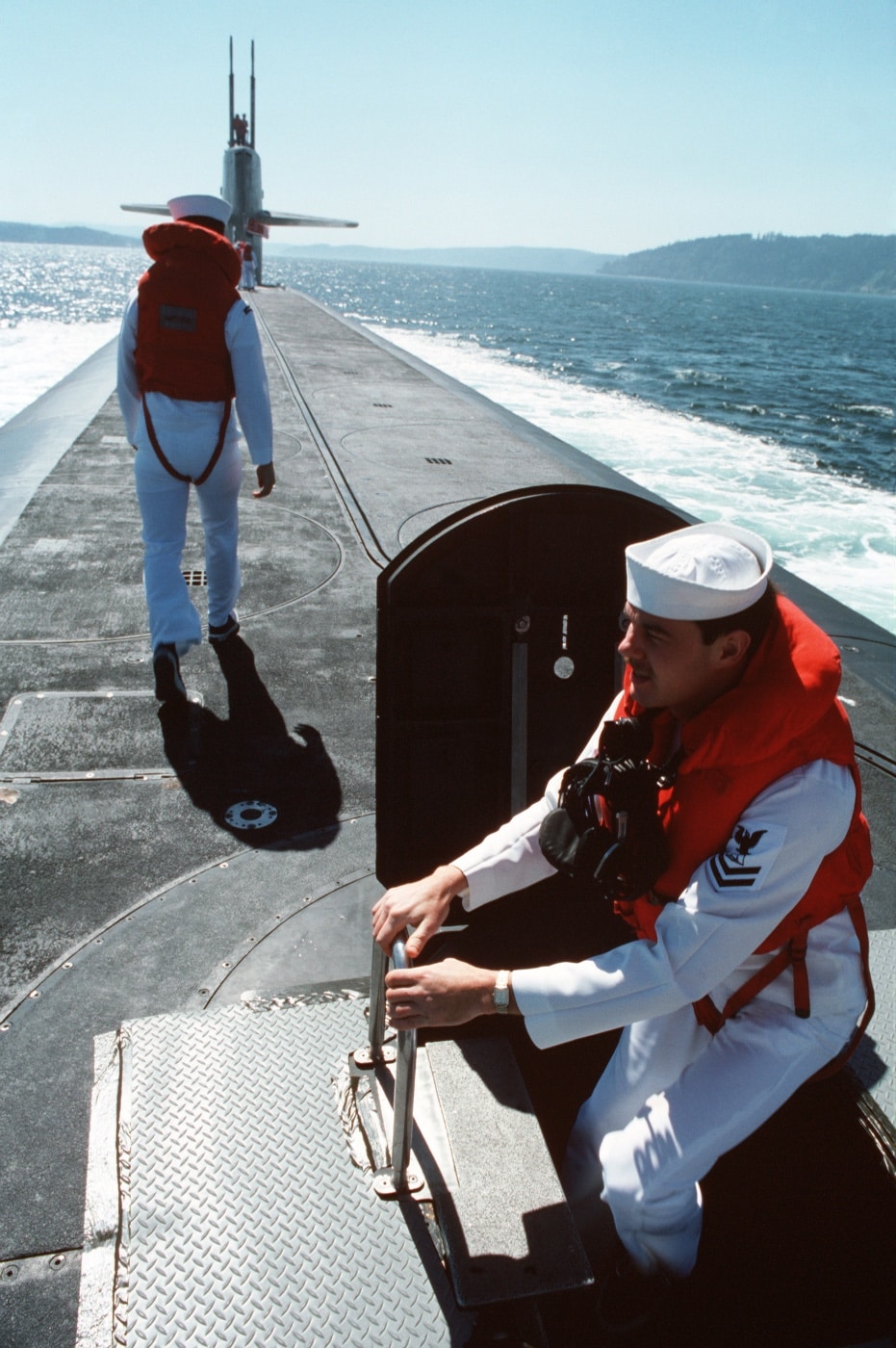
The fictional Ohio-class submarine USS Montana was featured in the 1989 film The Abyss, while the equally fictional USS Colorado (SSBN-753) served as one of the settings and key plot points in the 2013 ABC TV series Last Resort.
End of the Line Coming Soon
The U.S. Navy’s future Columbia-class submarines will begin to finally replace the aging Ohio-class by the end of the decade — although the program is already running behind schedule. Construction began on the lead vessel, the future USS District of Columbia (SSBN-826), in October 2020, and the current plan calls for a dozen of the new SSBNs to fill the role of the 14 Ohio-class SSBNs now in service.

However, the legacy of the Ohio-class will live on. They truly were a new dimension in our nation’s strategic deterrence.
Editor’s Note: Please be sure to check out The Armory Life Forum, where you can comment about our daily articles, as well as just talk guns and gear. Click the “Go To Forum Thread” link below to jump in and discuss this article and much more!
Join the Discussion
Read the full article here

